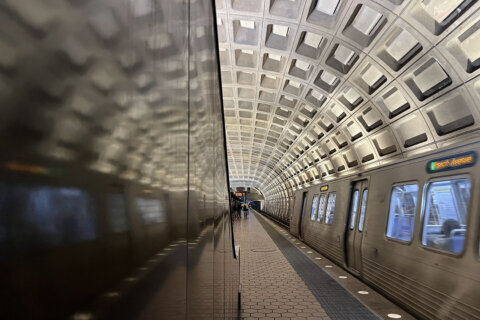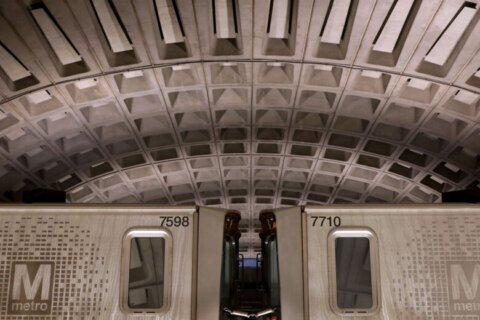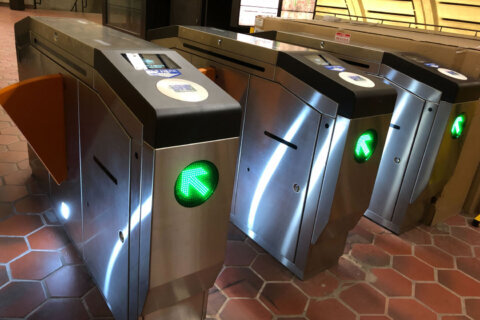WASHINGTON — A new study finds traffic on Washington-area roads rose dramatically at the beginning of Metro’s 10 months of intensive track work, but traffic has tapered off since that initial bout of repairs in Northern Virginia.
The research, conducted by the National Capital Region Transportation Planning Board examined hour-by-hour traffic patterns during the first four “surges” of Metro’s yearlong maintenance program, called SafeTrack.
The first surge, from June 4 through June 16, led to the greatest increases in time commuters spent in their cars — 10 percent longer during the morning commute and 15 percent longer during the afternoon.
The impact to traffic was much less during the second, third and fourth surges, with an increase of less than 3 percent compared to traffic volumes last year. The fifth work zone began Monday.
The timing and intensity of traffic during peak commuting times has shifted, depending on the surge period, according to the report.
The first surge brought an increase in traffic intensity during both the morning and afternoon commutes, and a slightly earlier start time to traffic during both periods.
During the second surge, although the intensity of traffic didn’t change, the afternoon commuting volume increased as much as two hours earlier than usual. Yet, during the third surge, researchers found lower-than-normal afternoon traffic and an earlier end to the afternoon rush.
The fourth surge, like the first, resulted in an increase in traffic intensity, rather than a shift in timing.
According to the study, the greatest impacts to traffic were concentrated in the vicinity of each work zone either near, upstream or downstream of the work area, or on alternative routes running parallel to the affected train lines.
“During surge one, this was especially clear, with portions of I-66, VA-267, and the George Washington Parkway all seeing travel time increases of 100 percent or more during the morning commute,” the study states.
Although the worst of the traffic was near affected work zones, during every surge, drivers have seen a 30-percent increase in travel time through Downtown D.C., said researchers.
The study notes it’s not clear why traffic impacts were less during the second, third and fourth surges. However researchers believe it could be because travelers chose to alter their travel times, or because travel delays tend to drop up to 20 percent during the summer when schools and Congress are out of session.
Metro’s accelerated repair work is expected to be completed by next spring.








